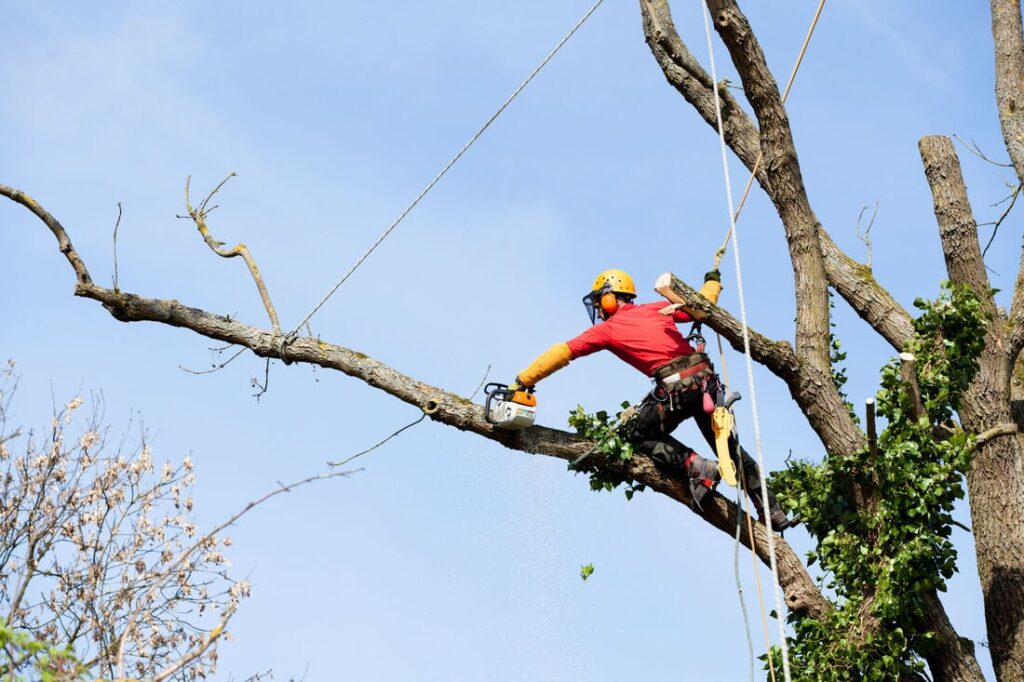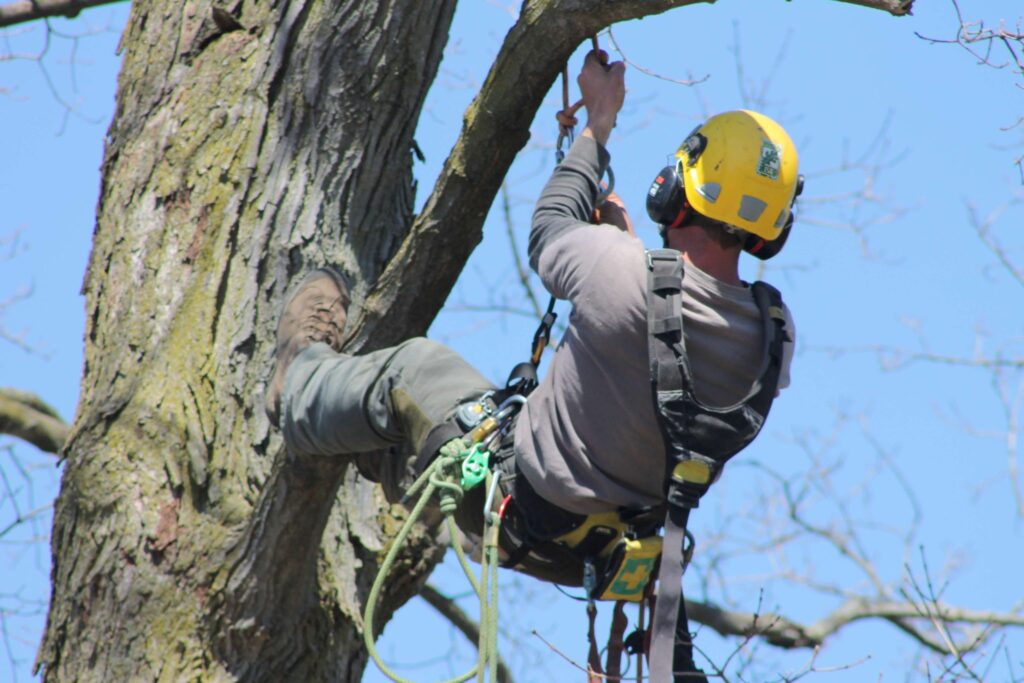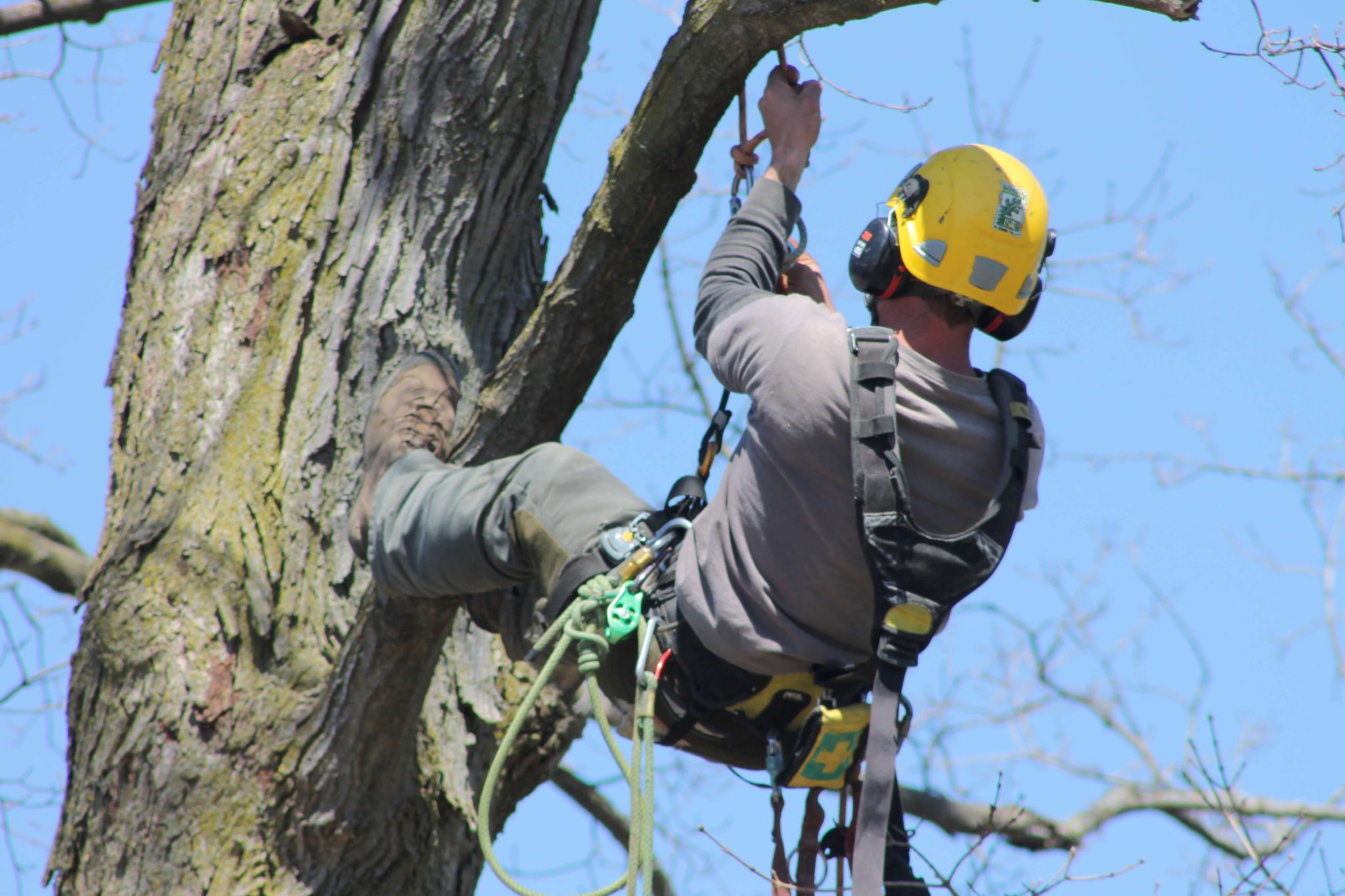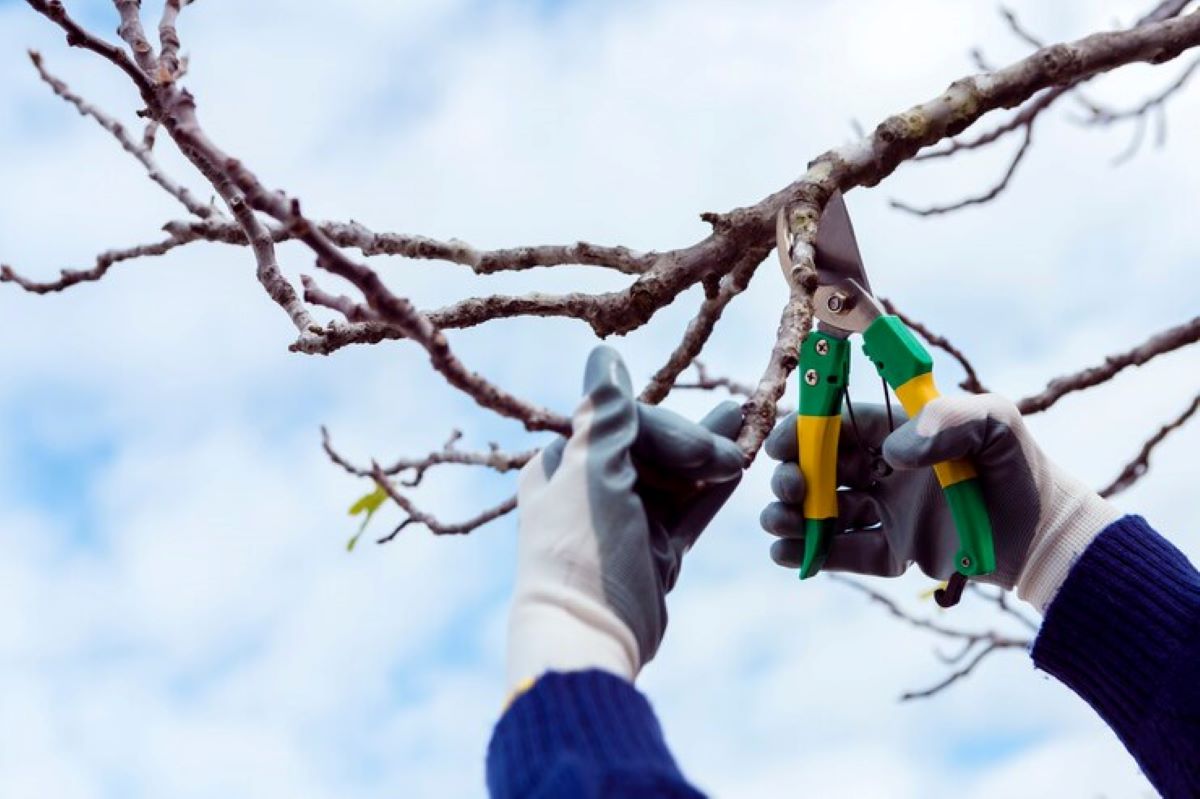When it comes to maintaining the overall health and beauty of trees, professional tree pruning services can make a world of difference. In this article, we will explore the importance of tree pruning, the science behind it, the various types of pruning services available, and how to choose the right service for your needs.
Understanding the Importance of Tree Pruning
Tree pruning services isn’t merely about keeping trees looking neat; it plays a crucial role in their health. Proper pruning can prevent disease, encourage new growth, and improve a tree’s structure. Knowing when and how to prune is essential for maximising these benefits.
The Link Between Tree Health and Pruning
Pruning can directly influence the health of a tree. By removing dead or diseased branches, you reduce the risk of the disease spreading, allowing the tree to thrive. Furthermore, good pruning encourages better airflow and sunlight penetration, both of which are vital for photosynthesis. Additionally, pruning can stimulate the growth of new shoots, which can lead to a more vigorous and robust tree. This is particularly important for young trees, as formative pruning helps establish a strong framework that will support the tree as it matures.
How Pruning Enhances Tree Aesthetics
Aesthetically, properly pruned trees can dramatically improve the visual appeal of your landscape. Well-structured trees provide a sense of balance and form, which can enhance the overall design of a garden or yard. Trees that are pruned correctly develop a pleasing shape and are less likely to become burdensome or hazardous. Moreover, regular pruning can help maintain the desired size and shape of a tree, ensuring it complements its surroundings without overwhelming other plants or structures. This not only contributes to the beauty of the landscape but also increases property value, as well-maintained trees are often seen as an asset in residential and commercial settings.
In addition to their aesthetic benefits, pruned trees can also play a significant role in promoting biodiversity within a garden. By encouraging healthy growth and maintaining an open canopy, pruned trees can provide ideal habitats for various wildlife species. Birds, insects, and small mammals are more likely to thrive in environments where trees are well-cared for, as they offer shelter and food sources. Consequently, investing time and effort into tree pruning not only enhances the beauty of your outdoor space but also fosters a vibrant ecosystem that supports local wildlife.
The Science Behind Tree Pruning
Understanding the biological mechanisms at play can help demystify the practice of tree pruning. Trees, like all plants, rely on a complex interplay of factors to survive and grow. Pruning affects not just the outward appearance but also the inner workings of the tree.
The Process of Photosynthesis and Pruning
Photosynthesis is the process through which trees convert light energy into chemical energy. By removing excess foliage, pruning allows more light to reach the parts of the tree that need it most. This increased exposure can lead to enhanced photosynthesis and, subsequently, robust growth.

The Impact of Pruning on Tree Growth
One might think that cutting branches would hinder growth, but the opposite is often true. Pruning can stimulate growth by forcing the tree to allocate resources more effectively. With less energy spent on maintaining sick or poorly positioned branches, a tree can channel nutrients towards developing a stronger trunk and healthier leaves.
Moreover, the timing of pruning plays a crucial role in its effectiveness. For instance, pruning during the dormant season, typically in late winter or early spring, can encourage vigorous growth in the following growing season. This is because the tree is not expending energy on leaf production, allowing it to focus its resources on healing and strengthening its structure. Additionally, different species of trees respond uniquely to pruning, with some thriving after a significant trim while others may require a more delicate touch. Understanding these nuances can greatly enhance the success of tree management practices.
Pruning Techniques and Their Benefits
There are various techniques employed in tree pruning, each serving a distinct purpose. For example, crown thinning involves selectively removing branches to improve light penetration and air circulation within the canopy. This not only promotes healthier growth but also reduces the risk of disease by minimising overcrowding. Another technique, known as crown raising, involves removing lower branches to provide clearance for pedestrians or vehicles. This can be particularly beneficial in urban settings, where space is often at a premium. Each technique, when applied judiciously, contributes to the overall health and longevity of the tree, ensuring that it can thrive in its environment.
Different Types of Tree Pruning Services
Tree pruning services can vary greatly, with each type serving a specific purpose. Understanding the various methods can help you choose the one that’s right for your trees.
Crown Thinning for Better Light Penetration
Crown thinning is a technique that involves selectively removing branches to allow more light to reach the inner parts of the tree. This practice not only promotes better growth but also reduces the risk of wind damage by allowing wind to pass through the canopy.
Crown Lifting for Safety and Clearance
Crown lifting is another essential pruning method, particularly in urban environments where trees might encroach on sidewalks or buildings. This technique involves removing the lower branches of the tree to provide clearance and improve visibility without compromising the overall health of the tree.

When and How Often to Prune Your Trees
Timing and frequency are critical factors when it comes to successful tree pruning. Understanding the seasonal needs of your trees can maximise the benefits of this vital service.
Seasonal Considerations for Tree Pruning
Generally, late winter to early spring is the best time for most pruning, as this is when trees are still dormant. Pruning during this period encourages vigorous growth in spring. However, specific types of trees may require different approaches, so it’s wise to consult with a professional.
Frequency of Pruning for Different Tree Species
Not all trees are created equal when it comes to pruning needs. Some species may require annual pruning, while others may only need it every few years. Knowing your tree species can help you determine the appropriate schedule.
Choosing the Right Tree Pruning Service
Finding the right tree pruning service can be challenging, but it’s crucial for ensuring that your trees are healthy and well cared for. There are several factors to consider when making your choice.
What to Look for in a Tree Pruning Service
First and foremost, look for certified arborists or tree care professionals who have a solid reputation in your community. A reliable service should offer a range of pruning techniques and should be knowledgeable about local tree species and their specific needs.
Questions to Ask Before Hiring a Tree Pruning Service
Before hiring a service, don’t hesitate to ask questions. Inquire about their training, insurance, and methods. Always ask for references and view past work if possible. This will give you peace of mind and assurance that your trees are in capable hands.
In conclusion, tree pruning is an essential practice for maintaining both the health and beauty of your trees. By understanding its importance and the science behind it, you can make informed decisions about when and how to prune, as well as which services to hire. Healthy trees not only enhance your landscape but also contribute to a greener environment.
More to read: Commercial Hedge Trimming Enhancing Your Business’s Outdoor Appeal


